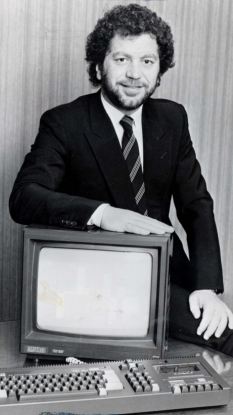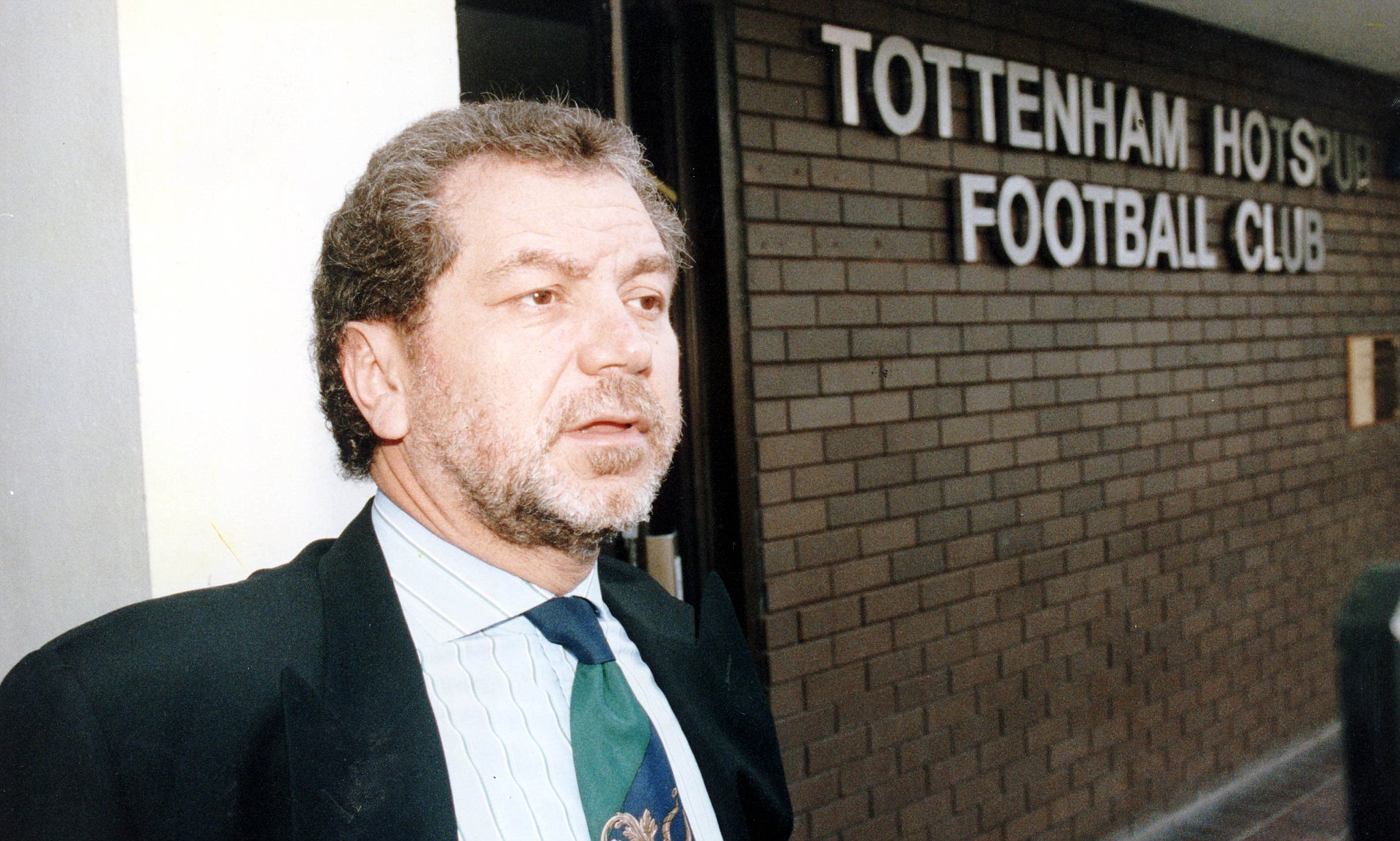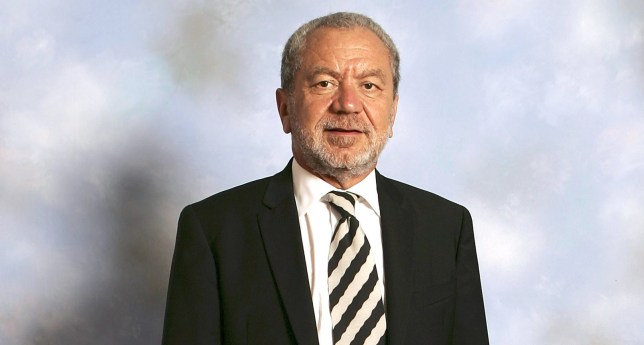Lord Alan Sugar Net Worth – Is He As Rich As You Thought?
We know Lord Alan Sugar’s net worth must be sky-high – but is he actually as rich as we all thought?
The Apprentice is back on our screens, which means more bickering, boardroom squirming and hilarious business blunders. As always, the BBC TV show, which searches for Sugar’s next business partner, is headed up by the savage mogul Lord Alan Sugar.
Contestants will dedicate 12 weeks (for the finalists) of their lives in an attempt to impress their potential boss that they’re worthy candidates of his £250,000 investment, as they battle it out on the salesfloor.
Image Source/Instagram
But how did Lord Alan Sugar go from a market salesman to being four times richer than the Queen? Let’s go back to the start…
Lord Sugar Was From Humble Beginnings…
Alan was born in Hackney, East London on 24 March 1947 and left school when he was 16. For work, he was employed by a greengrocer’s, before he began selling radio aerials for cars and other electricals. In order to sell the goods, he invested in a £50 van, which he insured for £8. To pay for this, he withdrew all of his postal savings which was around £100.
During his time selling electricals, Sugar started working as a statistician at the Ministry of Education.

Image Source/Daily Mail
He Then Started Becoming Successful…
In 1968 – when Alan was just 21 – he founded his first company Amstrad – which started out as a wholesaler before specialising in consumer electronics. The company was recognised for making hi-fi turntable covers and selling them for much cheaper than other competitors.
This was possible after Lord Sugar lucratively invested around £1,805 of his own money to buy an injection-moulding machine, drastically undercutting competitors who used the traditional vacuum-forming processes.
Image Source/Instagram
In the ’80s, Amstrad doubled its profit and market value every single year and was subsequently listed on the London Stock Exchange. By 1984, the company launched the Amstrad CPC 464 – their first personal home computer, followed by a series of other models which developed into the PC1512 – the most popular, affordable computer in Europe.
By July 2007, Amstrad was up for sale for a colossal £125 million. However, at the height of its success, the company was thought to be worth an estimated £1.2billion. Speaking about selling the company for just a fraction of its former value (if that’s really what you can call £125 million), Lord Sugar commented:
“I’m realistic. I mean what can you do? You can’t keep crying in your beer.”
Where Else Does His Money Come From?
While Amstrad was his most successful venture to date, you won’t be surprised to hear that Sugar’s got his fingers in a fair few business pies. Adding to Lord Alan Sugar’s net worth area whole host of companies, here are a few:
Amsair
Amsair Aviation was founded in 1993 and is now run by Sugar’s youngest son Daniel Patrick. The company specialises in executive jet charters.
Image Source/Instagram
Amsprop
With its name also after Alan’s initials (Alan Michael Sugar), Amsprop is a property investment firm. It’s now been taken over by his son Daniel, who acts as MD.
The Takeover Of Tottenham Hotspur
Lord Sugar also added to his impressive wealth by taking over London based football club, Tottenham Hotspur, which he bought in June 1991. Sugar teamed up with former footballer Terry Venables and the pair bought Spurs together.

Image Source/Daily Mail
His treatment of Spurs as a business venture, instead of prioritising their football success, made him relatively unpopular amongst the club’s fans. In 1993, two years after they bought the club, Sugar sacked Venables, which led to him appealing to the high courts to be reinstated. As such, a legal battle took place – and Sugar won. Ten years after he bought the club, Alan sold his stake, scooping a whopping £22 million for the deal.
He’s Not Always Been ‘Professional’
Although Sugar enjoys a bit of banter, he’s previously sparked controversy after posting a tweet which compared the Senegalese national football team to beach sellers in Marbella.
The controversial post quickly gained criticism from other social media users and lead Sugar to insist that the post was just ‘a bloody joke’.
He later backtracked and offered an apology at the tweet. He claimed had been ‘interpreted in the wrong way as offensive’.
But it wasn’t the first time that Lord Sugar had drawn criticism after posting racially-charged tweets.
In 2013, he posted a picture of a Chinese boy crying with the caption:
‘The kid in the middle is upset because he was told off. He left the production line of the iPhone 5.’
